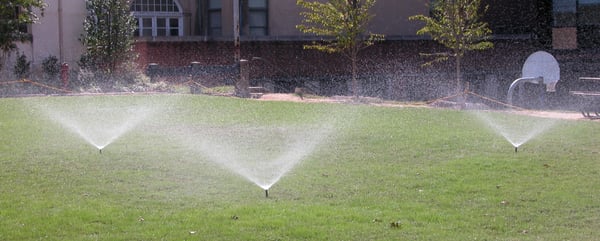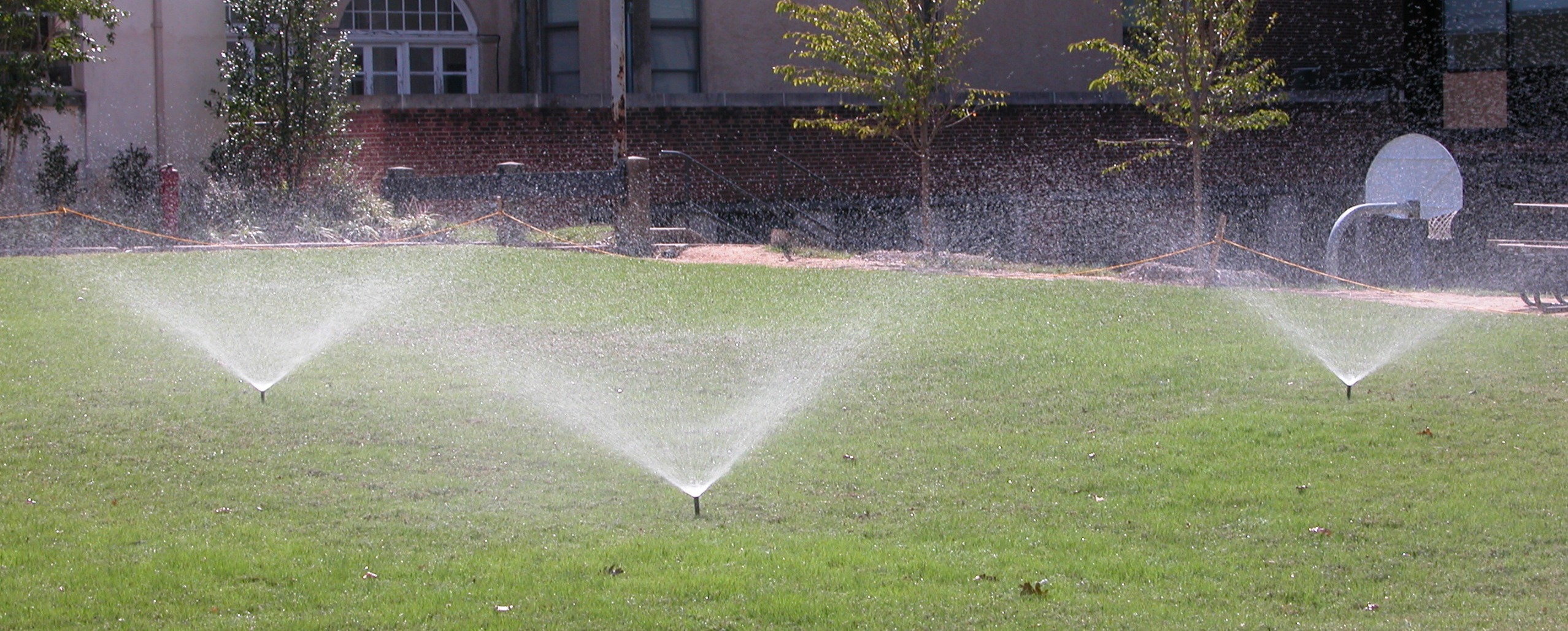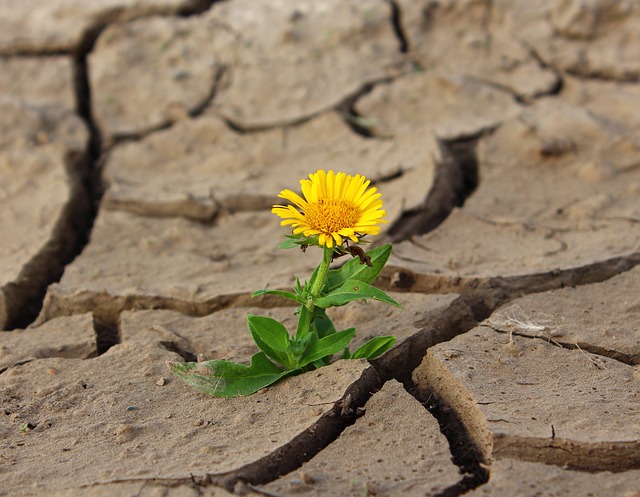Georgians know how to handle the heat. Summers in Georgia regularly move the mercury well past 100 degrees. Drought conditions, sometimes lasting weeks, are not uncommon.
While most of us are able to watch the dog days of summer from our air-conditioned living rooms, our plants, lawns, and gardens have nowhere to go.
‘But plants love the sun,’ you might say. Sure, you’re not wrong. But it is important to remember that plants only love the sun if they’re getting enough water.

How much water do plants need? For your grass, experts suggest soaking the soil 6 to 8 inches down from the surface. That means your grass will need an inch to an inch and a half’s worth of water a week.
For shrubs and other plants, the one inch per week rule usually stands. Do some research on the particular plants in your garden, but if you can’t find it, an inch per week is a good place to start.
When we water, much of what we spray on our plants is lost before it can soak into the root system. Some landscapers say up to 50% of the water we use to water our plants and lawns is wasted. Limit wastage by slowly soaking plants, as close to their roots as possible. This will limit evaporation and runoff.
We all want thick lawns and lush gardens. We also want to conserve water. If you are watering correctly, you shouldn’t have to choose one or the other. Below, we’ve listed some of our best tips for irrigating in Georgia and the Southeast.
Plan an irrigation audit
Also called an irrigation inspection, an irrigation audit allows trained professionals a quick peek under the hood to make sure your system is running as efficiently as possible. If you’re wondering when is the best time for an irrigation inspection, you can click the link and read our post on the subject.
Your irrigation system is a complex machine. It is a collection of moving parts, each with a specific job and plants for which it is responsible. When one component fails to do its job, your plants in that area will suffer.
Often irrigation audits are the first step in solving irrigation problems before they become major.
Make sure your irrigation system is properly zoned
Different aspects of your landscape design have different needs when it comes to watering. As we mentioned in our article 7 water management solutions to reduce your water bill, proper zoning is key.
Zoning is a way to segment the different elements of your landscaping. This allows sprinkler heads and drip systems to be strategically placed to ensure each zone gets exactly the water it needs. This method also prevents overwatering, which can be just as dangerous to plants as not watering enough.
Making sure your lawn and garden is zoned, and knowing how and when to water each zone is crucial in maintaining a healthy lawn.
Water smarter, not more
As we mentioned above, it is a myth to say that more water is always better. In truth, plants operate on a schedule. Giving them the water they need, when they need it is far more efficient and better for your plants’ overall health.
We put a lot of information about new and exciting irrigation tech in our post about ways to save money and reduce water usage with a smart system, so check that out if you want to dive deeper into this subject. The fact is, there are LOTS of clever ways companies are using to solve the wastage problem caused by ineffective sprinkler systems.
Rain sensors can be used to monitor weather patterns, sprinklers can be controlled by smartphones, and proper zoning ensures each area of your yard and garden gets exactly what it needs.
Adding some of this tech to your existing system will definitely make your irrigation more effective, and your plants will thank you.
Water smarter without an underground irrigation system
If you’re reading this and you haven’t installed an irrigation system, fear not! There are plenty of ways you can water smarter without the aid of electronic equipment.
Know when to water
Most plants are looking for water in the morning. Watering in the morning reduces evaporation loss and allows grass to dry by midday, which helps prevent fungus and disease. If you can’t get to your grass in the morning, try to water in the evening.
Know how to water
Watering continuously doesn’t allow water to soak down through the roots of your plants. Try this, dig a few holes around the yard and garden and place a plastic cup in the hole. Dig it into the soil so it’s an inch, inch and a half down. Then soak that area of lawn, pausing intermittently so the water can soak in. When the cup is full, you can consider that area watered.
Be careful to allow the water time to sink in. Proper watering technique is like good fishing, you spend a lot of time waiting.
Aerate Annually
When it comes to your lawn, aerating is key.
If thatch is allowed to build up around the base of your turfgrass, water will have a hard time soaking through. Annual aeration breaks down the thatch, which means more of the water you spray on your lawn will get to the right place, the roots.
Good Watering Technique Benefits Us All
When you apply the practices outlined here, you can be sure you’re minimizing your water use while maximizing the benefits. No one wants to use a system which results in 50% wastage, and with advancements in irrigation systems and watering technique, we don’t have to.
If you’ve got tips of your own, we’d love to hear them, and if you’re interested in seeing how your irrigation system is performing, don’t hesitate to give us a call.
1 Oct 2024


